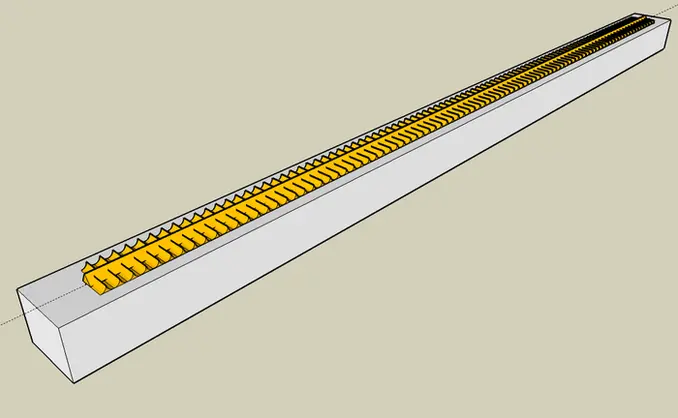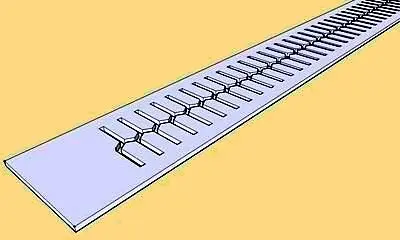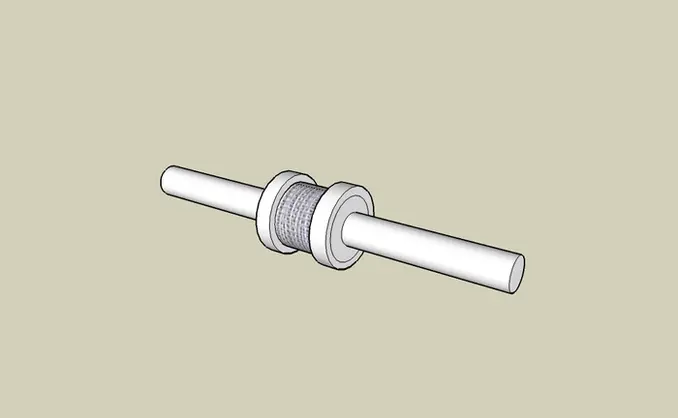Bee-Friendly Foundations - Exploring Footprint Foundation

-Step into the world of Footprint Foundations.
Picture this: a beeswax ridge gracefully tracing down the center of the top bars, like a bee-inspired architectural masterpiece. This ridge is born from pouring warm beeswax into the notch of a wooden mold or spooning the melted wax directly into a saw kerf. It’s like a built-in navigation system for bees, helping them guide their comb along the length of a top bar. Effective? Mostly, but not foolproof.
Now, when we’re in the mood for some cut comb honey and snip off frames, about a cell’s worth of comb stays put on the top bar. Chris Slade calls this the ‘footprint’ of a previous comb.
Guess what the clever bees do? They use this footprint as a blueprint for the next season. Works like a charm, even if the hives decide to go a bit wonky on the level front.
But what if we could enhance this process? Enter the idea of a simple mold, mimicking the footprint of a comb. This mold, while still creating a central ridge, would add a touch of finesse—projecting the first hint of a cell wall at a right angle to the ridge.
Let’s Crunch Some Numbers
So, I dove back into the realm of top bar comb photos, measuring cell sizes along the top row next to the top bar. Surprisingly, most start at roughly the same size, whether it’s brood or storage comb. As the comb extends, the bees adjust the cell size to fit their nest’s structure.
In my top bar hives, the footprint cell size ranged from 5.0mm to 5.67mm, with most falling in the 5.63 to 5.67mm range. The average? A neat 5.64mm.
Barry Birkey’s hive showed a similar pattern, though with different numbers. Cell sizes ranged from 4.6mm to 5.83mm, mostly in the 5.3 to 5.5mm range. The average? A sweet 5.44mm.
Unveiling the Footprint Foundation Mold

-Introducing the Footprint Foundation Strip Mold.
Sure, a mold can’t replicate the delicately thin midrib bees construct while still being robust. But perhaps, a more substantial structure isn’t a deal-breaker. Bees might just use the extra wax in their building and reshaping dance.
Converting natural comb measurements from mm per 10 cells to inches per cell, I landed on a cell size range of .21 (5.4mm in Barry’s hive) to .22 (5.6mm in my bees) inches per cell. I’m thinking .22 is the magic number to start with. A .25-inch (1/4) pattern is easy to create and well within the natural comb measurement range.
Crafting such a mold is a breeze with a hardwood strip. Before use, soak it in water. Then, let a thin line of hot, molten beeswax run down the center of a top bar. Place the mold on the beeswax, let it cool, and gently remove the mold.
Rolling with the Footprint Foundation

-Meet the Footprint Foundation Roller.
Did you know the Swiss once had a similar roller concept? The specifics on cell spacing remain a mystery. It’s an intriguing idea—though excess wax might end up on the sides of the top bar, demanding a bit of cleanup. But hey, a straightforward roller could easily be crafted.
-Buzzing off for now, D 🐝🤠
